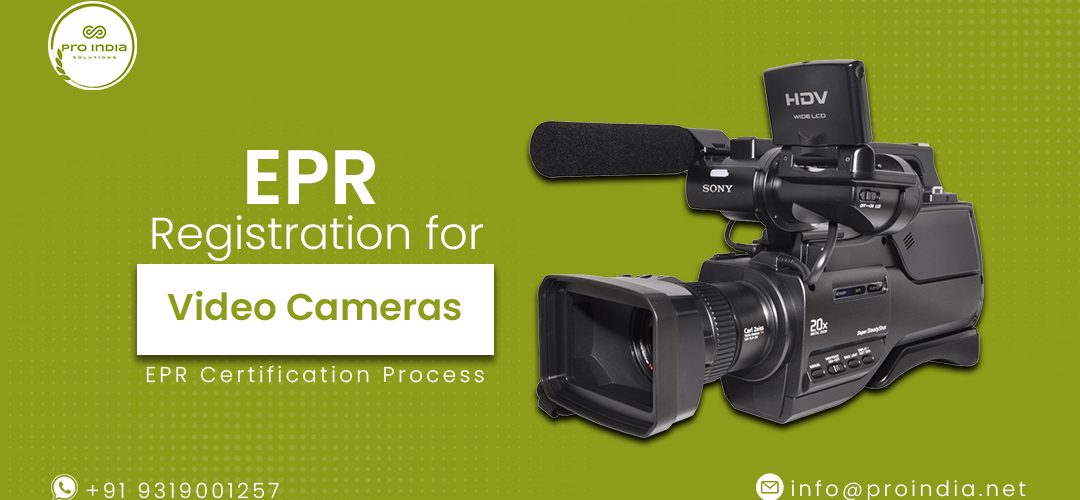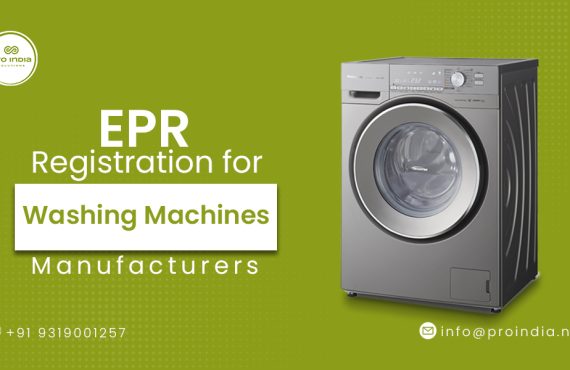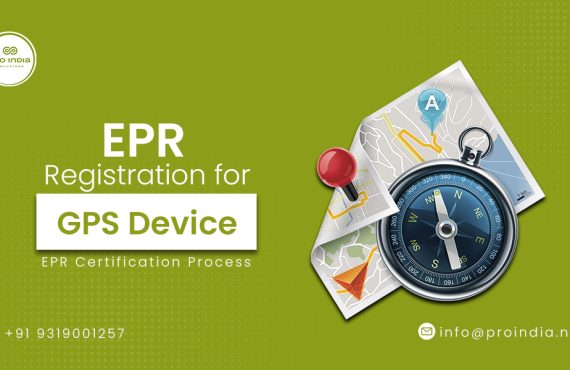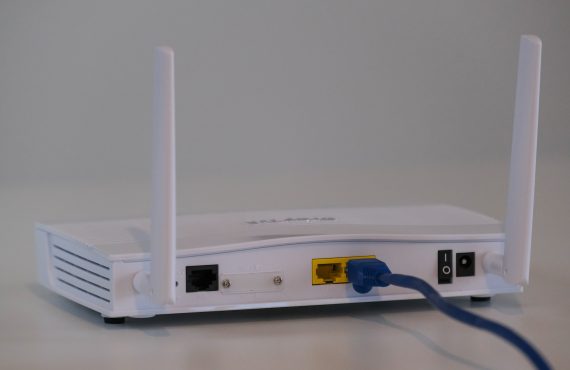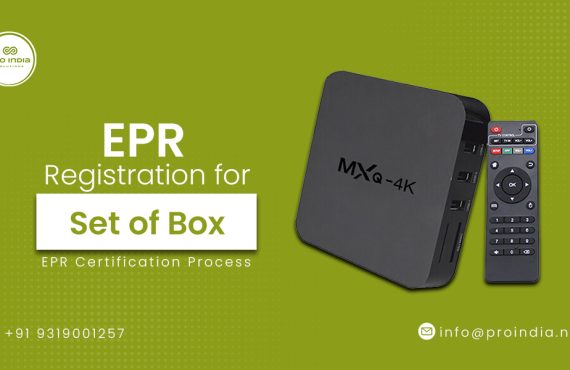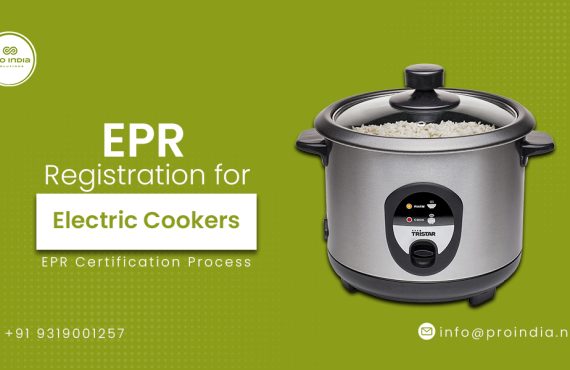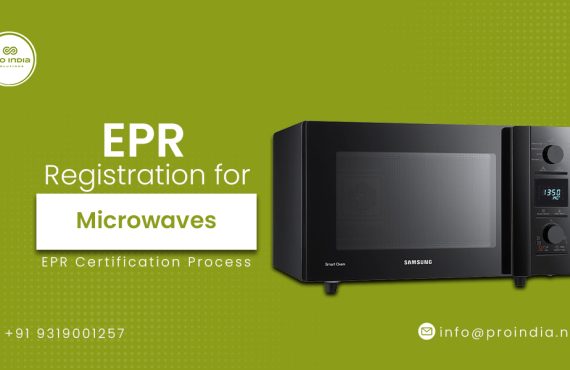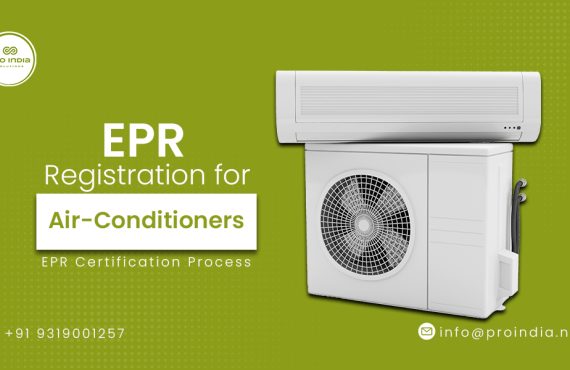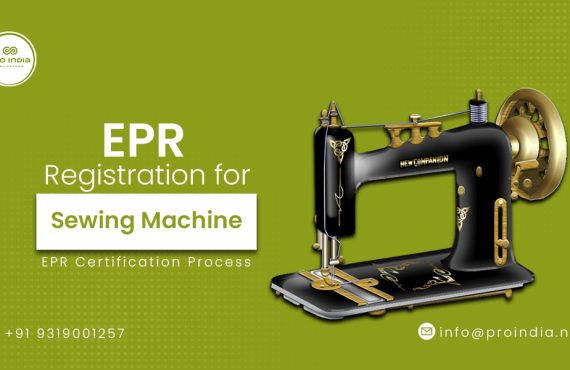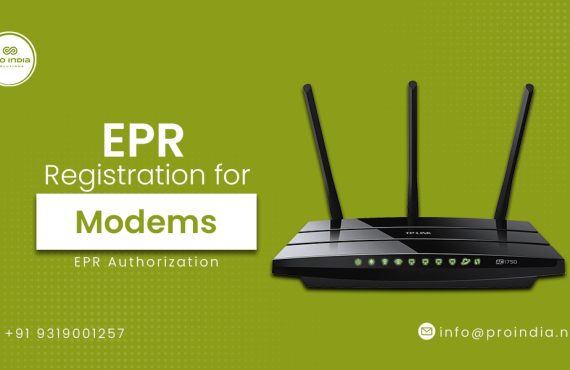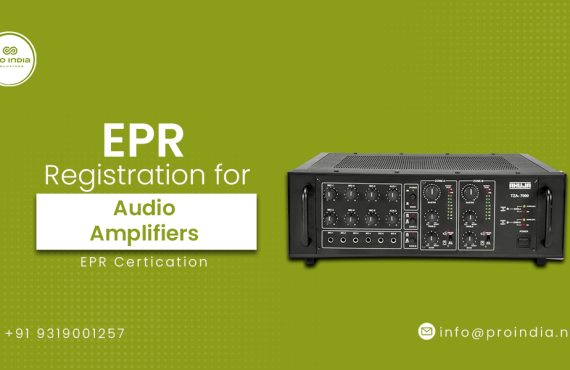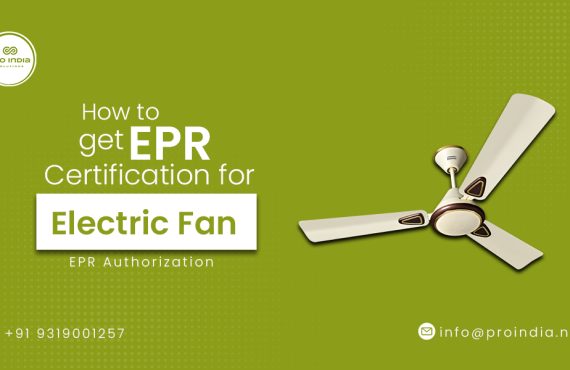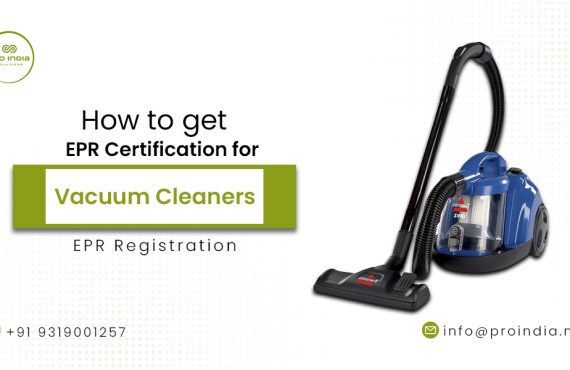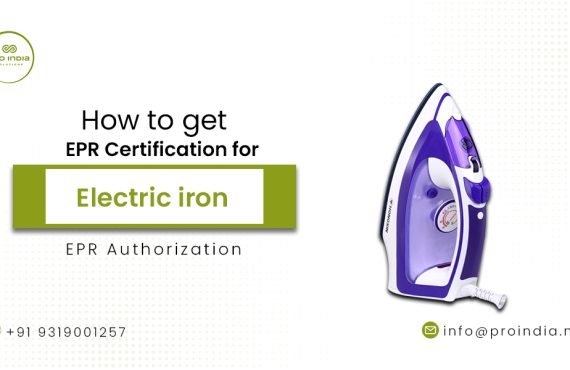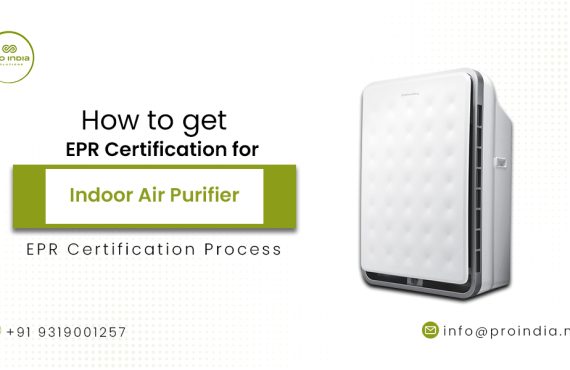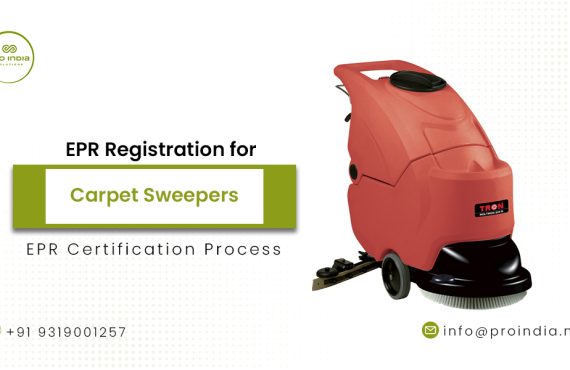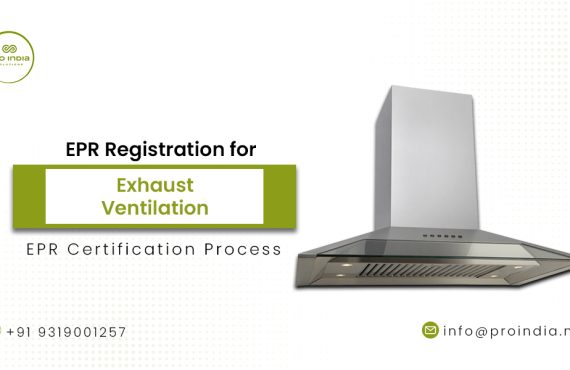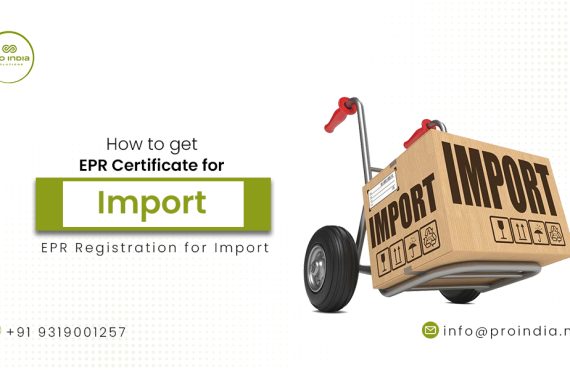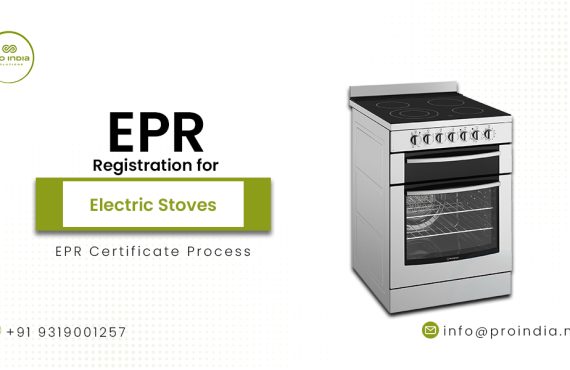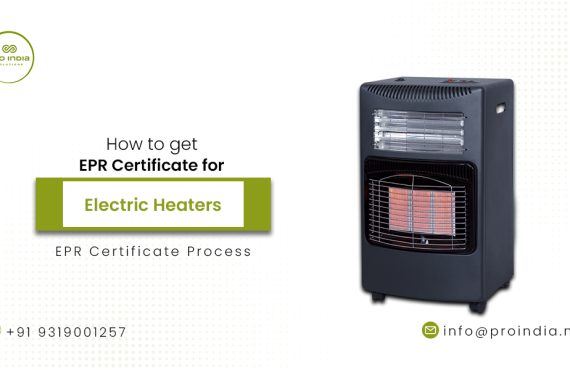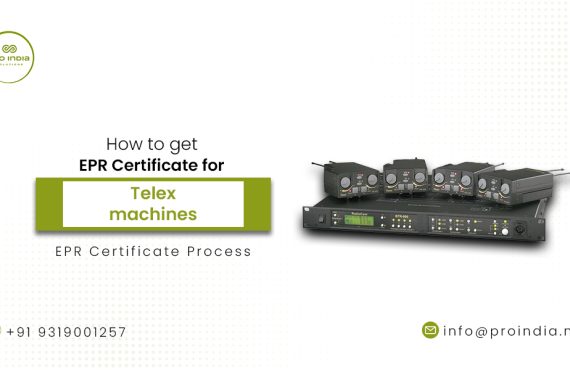Welcome to our comprehensive guide on obtaining an EPR (Extended Producer Responsibility) certificate for video cameras. In this article, we will walk you through the process of responsibly recycling your video camera and obtaining the necessary certification. Whether you’re an individual looking to dispose of an old video camera or a corporation seeking compliance, this guide will provide you with the essential information and steps to successfully navigate the EPR certification process.
Step 1: Research EPR-certified Recyclers
Begin by researching recyclers who specialize in video camera recycling and hold EPR certifications. Look for reputable companies that have demonstrated their commitment to environmentally responsible practices. Evaluate their certifications, accreditations, and customer feedback to ensure you choose a recycler that meets your needs.
Step 2: Contact the Recycler
Once you have identified potential recyclers, contact them to initiate the EPR certification process. Clearly communicate your intentions and inquire about their EPR certification process. Discuss any specific requirements or concerns you may have regarding the disposal and recycling of your video camera. Establishing open lines of communication from the start will help streamline the certification process.
Step 3: Prepare Your Video Camera for Recycling
Before sending your video camera for recycling, it is crucial to properly prepare it. Begin by backing up any important data or files stored on the camera. Take measures to protect your privacy by securely erasing personal information. Remove any non-recyclable components or accessories, such as batteries, memory cards, and cables. Ensure your video camera is in a suitable condition for recycling.
Step 4: EPR Certification Documentation
Understanding the required documentation is essential for obtaining an EPR certificate. Familiarize yourself with the compliance forms, certificates, and recycling reports that may be required. Ensure you meet all the necessary documentation requirements and comply with relevant regulations and standards, such as data privacy and environmental regulations. Thoroughly review and fulfill the paperwork to demonstrate your commitment to responsible recycling.
Step 5: Packaging and Shipping
Proper packaging and shipping are crucial to ensure the safe transportation of your video camera to the recycler. Use appropriate packaging materials to protect the camera from damage during transit. Consider using padded boxes or protective cases. Choose a reliable shipping method that offers tracking capabilities. This will help you monitor the progress of your package and ensure its safe arrival at the recycler’s facility.
Step 6: Tracking and Confirmation
Tracking the progress of your video camera’s recycling journey is essential for transparency and peace of mind. Keep track of the shipping status and monitor the recycling process. Upon completion, request confirmation and proof of EPR certification from the recycler. This will provide assurance that your video camera has been responsibly recycled and meets the necessary environmental standards.
Conclusion:
Obtaining an EPR certificate for your video camera is a crucial step towards responsible recycling and compliance with environmental regulations. By following this step-by-step guide, which includes researching EPR-certified recyclers, preparing your camera, fulfilling documentation requirements, and tracking the certification process, you can navigate the EPR certification process successfully. Remember, responsible disposal and recycling of video cameras not only contribute to a cleaner environment but also help build a sustainable future. Take action today and ensure your video camera is recycled responsibly.
If you require further assistance or guidance in obtaining an EPR certificate for your video camera, do not hesitate to reach out to our experts. They will be happy to assist you throughout the certification process.
contact our experts now to meet your compliance requirements.


